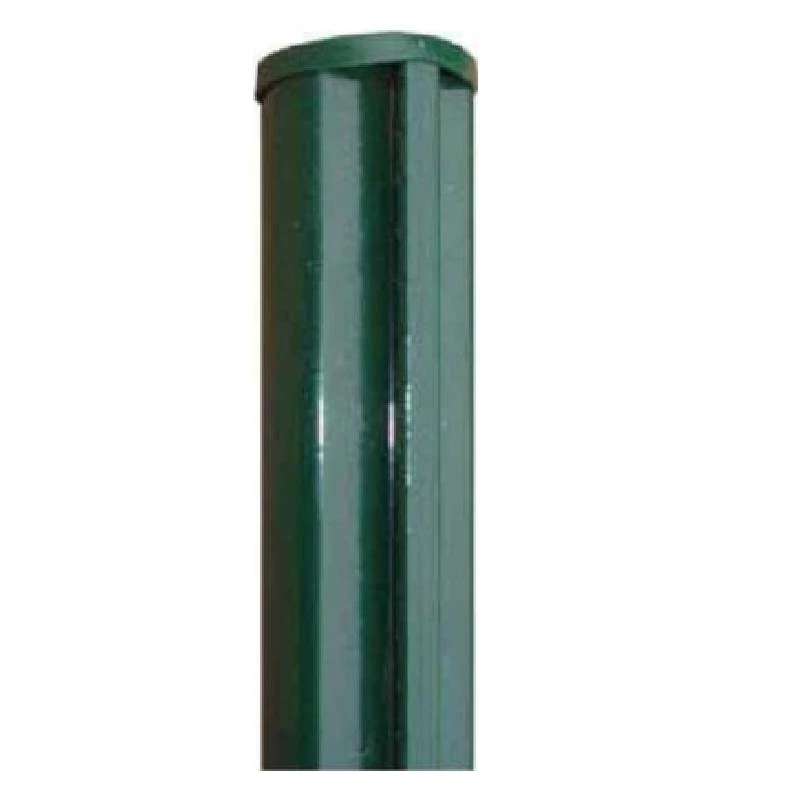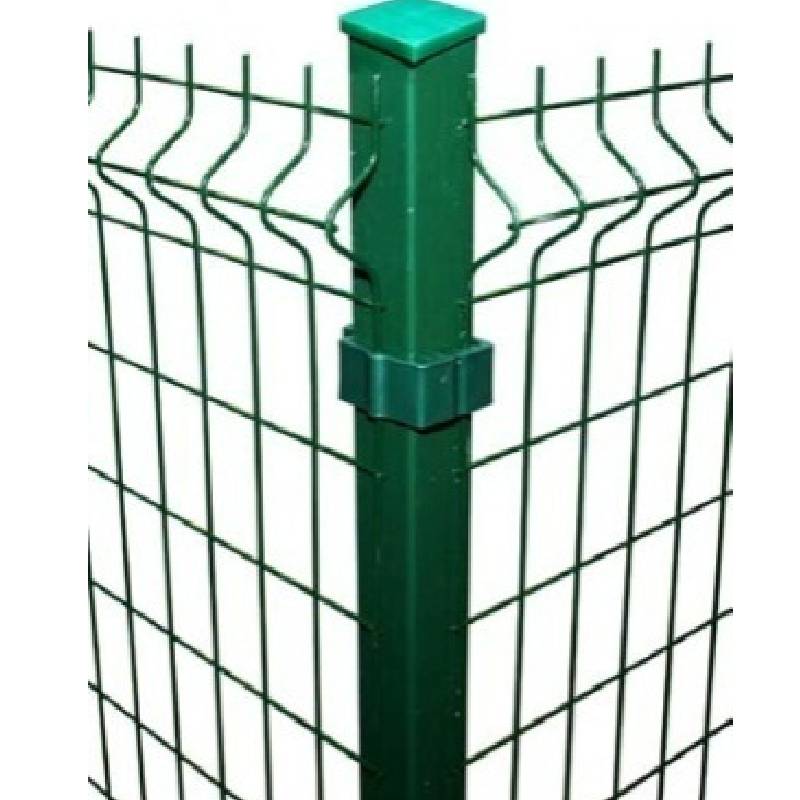-
E-mail:zhao@hyliec.cn
-
Tlf.:+86 311 85273988
-
WhatsAPP:8613931128750
-
 afrikansk
afrikansk -
 albansk
albansk -
 amharisk
amharisk -
 arabisk
arabisk -
 armensk
armensk -
 aserbajdsjansk
aserbajdsjansk -
 baskisk
baskisk -
 hviderussisk
hviderussisk -
 bengalsk
bengalsk -
 bosnisk
bosnisk -
 bulgarsk
bulgarsk -
 catalansk
catalansk -
 Cebuano
Cebuano -
 korsikansk
korsikansk -
 kroatisk
kroatisk -
 tjekkisk
tjekkisk -
 dansk
dansk -
 hollandsk
hollandsk -
 engelsk
engelsk -
 Esperanto
Esperanto -
 estisk
estisk -
 finsk
finsk -
 fransk
fransk -
 frisisk
frisisk -
 galicisk
galicisk -
 georgisk
georgisk -
 tysk
tysk -
 græsk
græsk -
 Gujarati
Gujarati -
 haitisk kreol
haitisk kreol -
 hausa
hausa -
 hawaiiansk
hawaiiansk -
 hebraisk
hebraisk -
 Nix
Nix -
 Miao
Miao -
 ungarsk
ungarsk -
 islandsk
islandsk -
 igbo
igbo -
 indonesisk
indonesisk -
 irsk
irsk -
 italiensk
italiensk -
 japansk
japansk -
 javanesisk
javanesisk -
 Kannada
Kannada -
 kasakhisk
kasakhisk -
 Khmer
Khmer -
 rwandisk
rwandisk -
 koreansk
koreansk -
 kurdisk
kurdisk -
 kirgisisk
kirgisisk -
 TB
TB -
 latin
latin -
 lettisk
lettisk -
 litauisk
litauisk -
 luxembourgsk
luxembourgsk -
 makedonsk
makedonsk -
 Malgashi
Malgashi -
 malaysisk
malaysisk -
 Malayalam
Malayalam -
 maltesisk
maltesisk -
 Maori
Maori -
 Marathi
Marathi -
 mongolsk
mongolsk -
 Myanmar
Myanmar -
 nepalesisk
nepalesisk -
 Norsk
Norsk -
 Norsk
Norsk -
 occitansk
occitansk -
 Pashto
Pashto -
 persisk
persisk -
 Polere
Polere -
 portugisisk
portugisisk -
 Punjabi
Punjabi -
 rumænsk
rumænsk -
 Russisk
Russisk -
 samoansk
samoansk -
 skotsk gælisk
skotsk gælisk -
 serbisk
serbisk -
 engelsk
engelsk -
 Shona
Shona -
 Sindhi
Sindhi -
 singalesiske
singalesiske -
 slovakisk
slovakisk -
 slovensk
slovensk -
 Somali
Somali -
 spansk
spansk -
 sundanesisk
sundanesisk -
 Swahili
Swahili -
 svensk
svensk -
 Tagalog
Tagalog -
 tadsjikisk
tadsjikisk -
 Tamil
Tamil -
 tatarisk
tatarisk -
 Telugu
Telugu -
 Thai
Thai -
 tyrkisk
tyrkisk -
 turkmenske
turkmenske -
 ukrainsk
ukrainsk -
 Urdu
Urdu -
 Uighur
Uighur -
 usbekisk
usbekisk -
 vietnamesisk
vietnamesisk -
 walisisk
walisisk -
 Hjælp
Hjælp -
 Jiddisch
Jiddisch -
 Yoruba
Yoruba -
 Zulu
Zulu
Fægtestolpe
What Type Of Fence Post Is Best?
The best type of fence post depends on various factors such as the type of fence, local climate, soil conditions, and personal preferences. Common options for fence posts include:
1. Round steel posts: Round steel posts are a traditional and versatile choice, suitable for various fence types. They can be treated to resist rot and decay, but may require maintenance over time.
2. Square steel posts and rabbet posts offer durability and strength, making them suitable for supporting heavy or high-security fences. They are resistant to rot and insect damage.
3. Steel round posts/ square posts/ rabbet with base plate: They are suitable to install on the concrete ground, and fixed by concrete nails.
What Size Is A Fence Post?
Fence posts come in various sizes, typically having Φ32 Φ34 Φ38 Φ48 Φ60 Φ80 for round steel posts and 40x40 60x60 40x60 60x60 80x80 100x100 etc for square tube posts in dimension. The specific size of a fence post depends on the type of fence being installed, the height and weight of the fence panels, and the local building codes or regulations. It's important to select the appropriate size of fence post to ensure stability and structural integrity for the specific fencing project. Consulting with a professional or referring to local building codes can provide guidance on the recommended size of fence posts for a particular application.
Fence Post FAQ:
What type of fence post is best?
The best type of fence post depends on various factors such as the type of fence, local climate, soil conditions, and personal preferences. Common options for fence posts include round steel posts, square steel posts and rabbet steel posts, posts with base plate or without base plate. Each type has its own advantages and considerations, so it's important to choose the most suitable option based on the specific requirements of the fence project.
What size is a fence post?
Fence posts come in various sizes, typically typically having Φ32 Φ34 Φ38 Φ48 Φ60 Φ80 for round steel posts and 40x40 60x60 40x60 60x60 80x80 100x100 etc for square tube posts in dimension. The specific size of a fence post depends on the type of fence being installed, the height and weight of the fence panels, and local building codes or regulations. It's important to select the appropriate size of fence post to ensure stability and structural integrity for the specific fencing project.
How to install a panel fence?
Paneling a fence involves several steps, including measuring and planning, installing the posts, attaching the panels, adding finishing touches, and performing regular maintenance. It's important to follow the manufacturer's instructions and local building codes when paneling a fence to ensure proper installation and compliance with regulations. If in doubt, it's advisable to consult with a professional or seek guidance from experienced individuals.






